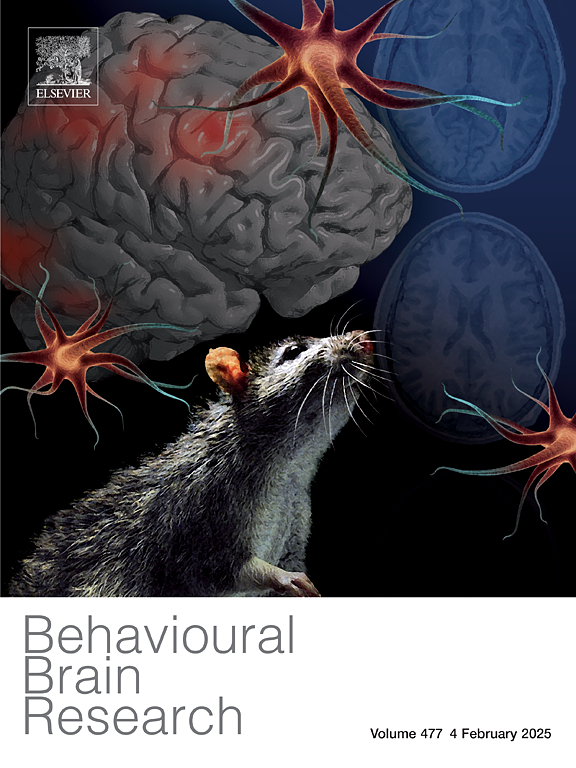Cecal slurry-induced sepsis in mice impairs cognition and decreases SUMO-2/3 conjugation
IF 2.6
3区 心理学
Q2 BEHAVIORAL SCIENCES
引用次数: 0
Abstract
Sepsis is characterized by multiple organ dysfunction, dysregulation of the response to the infection process, and a high mortality rate in intensive care units. In addition, individuals who overcome sepsis often manifest cognitive deficits associated with neuroinflammation resulting from the entry of pro-inflammatory cytokines into the brain. Post-translational protein modifications, such as SUMOylation, can regulate the expression of pro-inflammatory genes during sepsis. Since SUMO-2/3 can play a role in pathological conditions, our aim was to investigate a potential link between sepsis-induced cognitive decline and SUMOylation by this isoform. Firstly, the cecal slurry model was induced by intraperitoneally injecting male Swiss mice with different volumes of a cecal solution. Following assessment of body temperature, mass and septic scores, the groups that received 300 μL and 350 μL of the cecal solution were selected for the behavioural tests, as they presented signs of sepsis without excessive mortality. Surviving animals were evaluated for cognition/memory and anxious/depressive-like behaviours through the open-field, object recognition, Y-maze, and tail suspension tests. Subsequently, SUMO-2/3 conjugation was determined in samples from the hippocampus and prefrontal cortex by Western blotting. Mice in the septic groups showed decreased locomotor activity, anxious-and depressive-like behaviours, as well as impaired memory. These deficits were accompanied by a decrease in SUMO-2/3 conjugation in the hippocampus and prefrontal cortex at 24 h and 10 days after the induction of the cecal slurry model. Taken together, our findings suggest that SUMOylation is impaired in septic animals and this could be related to the behavioural deficits seen in the surviving mice.
求助全文
约1分钟内获得全文
求助全文
来源期刊

Behavioural Brain Research
医学-行为科学
CiteScore
5.60
自引率
0.00%
发文量
383
审稿时长
61 days
期刊介绍:
Behavioural Brain Research is an international, interdisciplinary journal dedicated to the publication of articles in the field of behavioural neuroscience, broadly defined. Contributions from the entire range of disciplines that comprise the neurosciences, behavioural sciences or cognitive sciences are appropriate, as long as the goal is to delineate the neural mechanisms underlying behaviour. Thus, studies may range from neurophysiological, neuroanatomical, neurochemical or neuropharmacological analysis of brain-behaviour relations, including the use of molecular genetic or behavioural genetic approaches, to studies that involve the use of brain imaging techniques, to neuroethological studies. Reports of original research, of major methodological advances, or of novel conceptual approaches are all encouraged. The journal will also consider critical reviews on selected topics.
 求助内容:
求助内容: 应助结果提醒方式:
应助结果提醒方式:


